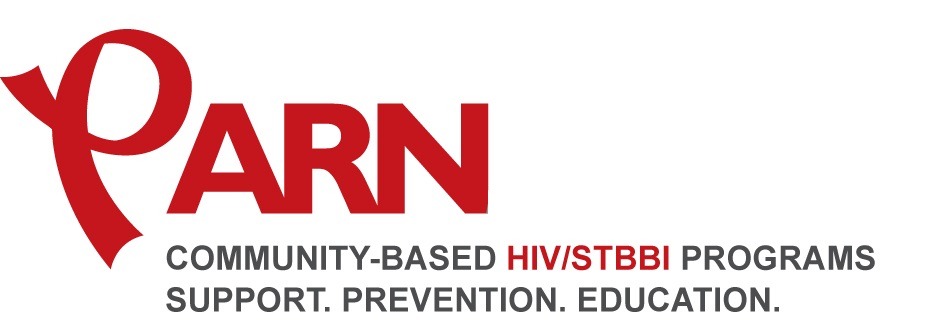Overdose Prevention Training and Naloxone
Eligible Naloxone distribution sites are:
- Community Health Centres (including Aboriginal Health Access Centres)
- AIDS Service Organizations
- Outreach organizations, or have an outreach service
- To be considered for this, organizations must work directly with a drug-using population a risk of opioid overdose, reach a difficult (hard to reach) population where there is known drug activity, and/or, have the staff capacity to manage and distribute naloxone to clients.
- Withdrawal management program
- Shelters
*If interested in becoming a distribution site in the Peterborough region, please contact
*If interested in becoming a distribution site in the HKPR region, please contact PARN at 705-749-9110.
To be eligible to receive a FREE naloxone kit, you must:
- Be a present or past opioid user
- Be a friend or family member of an opioid user
Where to get a naloxone kit
To find somewhere near you where you can receive a free naloxone kit, visit: https://www.ontario.ca/page/where-get-free-naloxone-kit
Training and Education
When new organizations/individuals wish to become a distribution site or trained in Overdose Prevention, the training includes pieces on stigma, current opioid trends in Ontario and the 5 Steps of responding to an overdose.
Stigma:
Although naloxone is a great tool to have on hand for responding to an overdose, it is not the answer to resolving the current opioid crisis. Stigma continues to be a large underlying factor that is driving this crisis. To learn more, visit the Government of Canada’s website on stigma, ways to reduce it, and why this plays such a large role.
The 5 Steps of Responding to an Overdose:
- Check for responsiveness
- Call 911
- Administer Naloxone
- Chest compressions
- Evaluate, if no improvements, administer second dose and continue with compressions
For more information on the 5 steps, overdose response myths and to learn about why you’re protected , visit the Peterborough Drug Strategy.
*If you are interested in receiving Overdose Response Training for free, Question of Care Peterborough offers training sessions throughout the year.
